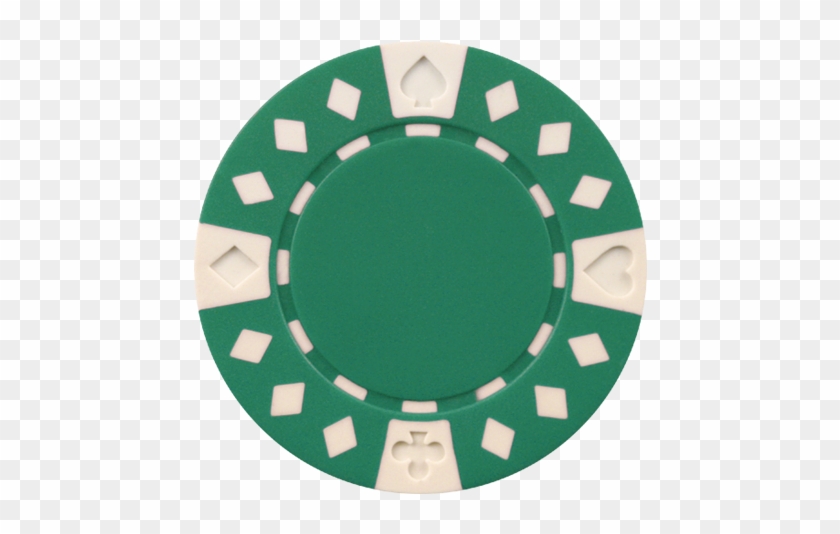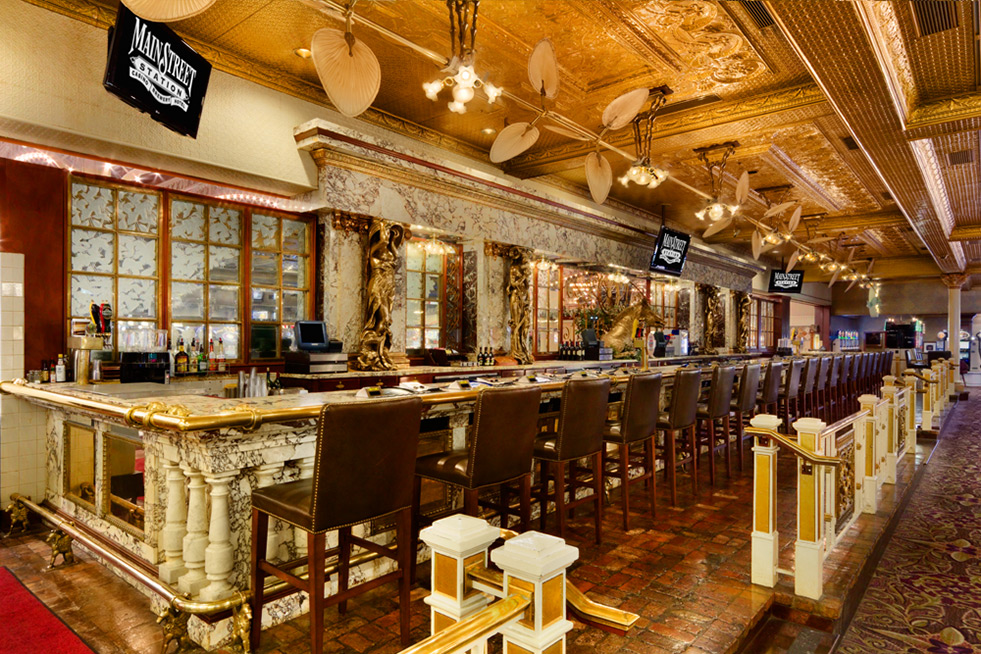Casino Chip Rack Book
In this podcast episode, we discuss accounting issues in the casino and gaming industry. Key points made are noted below.
Book Accessories Children's Books. Poker Chip Frame Display Insert and Frame Fits 36 Harley-Davidson or Casino chips 11 X 14 grey birch chip holder and frame. The Chip Rack - a comprehensive catalog of Nevada Casino Chips. All books listed below are available for immediate despatch. Large Challenge Coin / Casino Chip Display Case Holder Rack, Glass Door-Black Finish (COIN2-BL) 4.9 out of 5 stars 177. Goodreads Book reviews & recommendations.
Casinos as Financial Institutions
Casinos are classified as financial institutions in the United States, because they accept cash, they exchange currency, they issue checks, they handle wire transfers, and a lot of similar activities. That means they have to fill out a currency transaction report whenever a cash transaction exceeds $10,000 in a single business day. That report is filed with the Financial Crimes Enforcement Network. These cash transactions can be for things like buying chips, making bets in cash, or depositing money.
Structuring
Customers with a lot of illicit cash don’t want to be reported, so they do things like structuring. Structuring occurs when a customer breaks up a large monetary transaction into a bunch of small ones, such as making 20 small deposits with a casino in one day, rather than one large deposit that could trigger a currency transaction report. Or, he could use gaming day overlap, where he splits his cash transactions over a couple of days, so that a total transaction of $10,000 is split up over different reporting periods, which doesn’t trigger a report. Another possibility is to hand out cash to your associates, so that the casino’s tracking system doesn’t figure out that a lot of money really came from a single source.
Suspicious Activity Reports
And on top of that, a casino has to file a Suspicious Activity Report whenever a customer seems to be avoiding the requirements of the Bank Secrecy Act, which usually means money laundering. For example, someone brings in stolen cash and swaps the cash for chips. He then plays very little, in order to avoid any gaming losses, and then cashes in the chips in exchange for different bills. In essence, he just laundered the money.
Casino Controls
Casino and gaming operations have an incredible number of controls, and that’s because each one was put in place because someone figured out a new way to steal from them. Let’s go through some of the better ones. We’ll start with controls for dealers.
Dealers have to wear aprons, or pants without pockets, so that they can’t put chips into their pockets. A lot of casinos don’t allow dealers to wear watches, especially large watches, because you can slide a chip behind the watch. Another control applies to when a dealer leaves a gaming table or moves chips to and from the storage area, which is called the chip rack. Whenever this happens, the dealer has to turn his hands upward with his fingers fully extended, which is called clearing hands. The intent is to keep a dealer from palming any chips and walking away with them.
How about controls over chips? First of all, casinos only buy chips from reputable suppliers that maintain tight control over their inventories. Otherwise, chips could be stolen at the supplier and presented at the casino for payment. Once chips arrive at the receiving dock, the security team takes over and matches them against the shipping documents to make sure than none have been stolen in transit. And then they’re stored in the vault. And finally, when chips are worn out, a specialist chip destruction firm is called in, which grinds up the chips while being watched by security. This might all seem like overkill, but keep in mind that chips are directly convertible into cash, so the controls over the chips need to be as comprehensive as the controls over cash.

What about the controls over the counting of cash and chips? This takes place in a count room, which is monitored by security guards and video cameras. The count table is made of clear Plexiglas, so that any currency falling under the table can still be seen. Anyone on a count team has his identification examined before he can enter the room. Everyone on the count team has to wear a jumpsuit without pockets, so they can’t slip any money into their pockets. The team divides up tasks, so that one person empties the incoming boxes of currency, while a second person sorts and counts the contents, and a third person recounts the currency and fills out a summary form. There’s also a man trap leading into the count room, which is a segregated room that requires key access to enter and exit. It’s used to lock someone in place as they try to pass into or out of the count room.
And then we have key controls. Currency and chips are stored in drop boxes. One key is used to release a drop box from it designated location, such as inside a slot machine, while a second key is needed to open the drop box. So you always need two keys. Keys are only issued to someone on the approved key access list, and you’re only approved for one key – not both. That means it always takes two people to remove money from a location and then open the box. There’re lots more variations on key control, but you get the general idea.
I’ve just described maybe one or two percent of the controls used in a casino. There’re also controls over specific games, such as Keno and bingo, and the race and sports book area. And so on, and so on. My point in mentioning controls is that this is the ultimate industry for cash controls. It can be really instructive to see just how detailed and multi-layered these controls can be.
Table Game Operations
I’m going to touch upon a few more aspects of the accounting for casinos and gaming. One issue is, how do you keep track of table game operations? A rack of chips is maintained at each table, so that players can be paid on winning wagers. This rack constitutes the table inventory. Over time, the dealer pays out winning bets from this rack and replenishes it with losing bets. Because the house has a small percentage advantage on the games played, the number of chips in the rack should increase over time.
If chips are bought with cash at the table, then the dealer issues chips from the rack and then drops the cash into the table’s drop box – which I already talked about, where a security team occasionally shows up and takes the drop box to the count room.

So, what about if the dealer has to make a large payout? Then the rack has to be replenished, which is called a fill. There’re a bunch of steps here, but basically a security officer shows up with the extra chips, which the dealer counts and signs for.

Whenever a table closes or there’s a shift change, the dealer reconciles the ending table inventory, just like a teller would do at a bank. When the beginning and ending chip inventories are taken into account, along with all of the transactions in between, the difference is the gross gaming revenue for the table.

Slot Machines
Let’s switch over to slot machines. A traditional slot machine accepts coins, which first fall into a hopper, which holds a certain amount of coins that are used to pay out jackpots. Once the hopper is filled by customers, the overflow goes into a storage box at the bottom of the machine, which is then emptied and sent to the count room.
When a customer wins a jackpot, the machine accesses the hopper to pay the required amount. If the hopper is emptied before the full amount of the jackpot has been paid, the machine sends an alert to the local change person, who handles the payment of the additional amount. This type of slot machine is starting to go away.
The replacement version is the ticket in, ticket out system. When a customer wants to cash out of this kind of slot machine, he presses the Cash Out button and the machine prints a ticket, which contains a bar coded dollar amount. This ticket can then be used to drop money into a different slot machine, or to cash out. This newer slot machine requires much less staff time for servicing.
Casino Chip Rack Book
Deferred Revenue
So far, I’ve been talking about reporting and operational issues. Are there any actual accounting issues related to casinos and gaming? Oh yes. First, we have deferred revenue. Bets may be placed in the race and sports book area on events that haven’t yet taken place. When this happens, the bets are recorded as a deferred revenue liability.
Discounts on Losses
Next, we have discounts on losses. A casino may offer discounts on losses incurred by their top-level players, so that the customer only has to pay a discounted amount of his losses. These discounts reduce the amount of revenue recognized. In case you’re wondering why a casino would do that, the point is to set the discount low enough so that the casino still earns a profit, while still attracting the business of high rollers.
Jackpot Insurance
And then we have jackpot insurance. A casino could buy insurance to protect it from really large payouts. When a casino has a claim under a jackpot insurance policy, the recovery is reported as net gaming revenue. The premiums paid are a reduction of net gaming revenue.
Unpaid Winners
There may also be unpaid winners, where someone wins a game, but they don’t come forward to collect their winnings. If so, the casino still has to record a liability.
Accounting for Chips
Casino Chip Rack Book Store
And you can even capitalize chips and treat them as fixed assets – though the usual chip acquisition cost isn’t really all that high, so the cost is usually just charged to expense.

Missing Chips
And finally, we have missing chips. These chips could be redeemed at any time by customers, so the casino has to maintain a liability on its books for unredeemed chips. Some of these chips will be lost, or maybe customers want to keep them as souvenirs. So, the accounting staff makes an estimate of how many chips may never be redeemed, and reduces the liability based on that estimate.